After Ahmad Town’s sewers overflowed, its people went digging for their own solution
With NGO Muawin’s help the neighbourhood pitched in to pay for new sewage lines.

Six streets in Ahmad Town, a dusty forgotten slum in Darogahwala, have become somewhat famous in the neighbourhood. Those who have come to take a look have even been inspired. The source of this wonderment: A new sewage system – that each house has helped build.
The formula is simple. Each pipeline in a street cost Rs60,000 so every household pitched in Rs3,000. The disruptions don’t last long, as the work only takes a fortnight.
But what is a katchi abadi doing building its own sewage system? Isn’t that the government’s job? Well, the people of Ahmad Town got fed up of waiting for their elected representatives to do something. “You cannot walk through these streets on foot let alone use vehicles when it rains here,” explained Shaad Butt, a resident. The neighbourhood, which is located near the Quaid-e-Azam Underpass off GT Road, was so neglected that its streets were little more than bumpy, dusty ruts. “Some local political activists managed to get their streets fixed but all the others were left out,” explains resident Musadaq Aslam.
Luckily, a non-government organisation, Muawin (helper), presented a solution in the shape of a low-cost model replicated from Karachi’s Orangi Pilot Project (OPP). According to this formula, OPP gives a neighbourhood an estimate for new sewage pipes so that each house can raise the money. It even assigns an engineer to help with technical details and design. “This is something done entirely by the people,” explains director Parveen Rehman. OPP’s solution has been such a success in Karachi that it is being used in over 250 places across Pakistan, from Battagram to Sanghar.
When Muawin decided to use OPP’s model it first had to persuade the Ahmad Town neighbourhood to come on board. Speak to Shahid Abdulla, one of Pakistan’s leading architects, and he will tell you that the most money people spend on the construction of their house goes into making a toilet. But in low-income colonies where it takes decades to get even the land entitlement, sanitation is the least priority for residents.
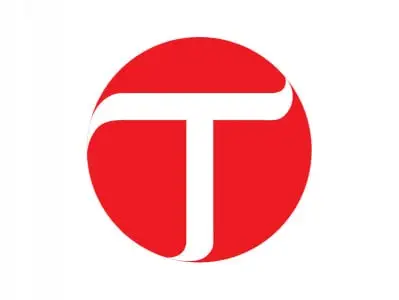
“No one likes to see sewage pooling outside their home,” explains Sajid Khan, a technical advisor for Orangi Pilot Project’s (OPP) Low Cost Sanitation Program. “But all of them like to wait for government to do something about it.”
Aslam, who now works with Muawin, put it bluntly to them by saying that the government wouldn’t come to clean their streets so they had better think about doing it themselves. The government just didn’t have the cash.
Not everyone was interested in opening their wallets. The NGO had to persuade them to help pay for the system outside their houses by saying it would help get the government to meet them half way by taking care of the big infrastructure such as main lines, disposal stations and treatment plants.
“If people can build their houses and spend millions on them they can also spend a few thousands on building a sewage system outside their houses,” argues Muawin Director Tafiq Latif. “This not only lessens the burden on the government but also gives the people a sense of ownership that they have to ensure the sewage system runs properly.”
It took at least a year but people’s thinking was changed and Muawin had plans to work there for one more year.
Shaad Butt sums up the success with a simple comparison: “The local MNA fixed the main sewage line with Rs40 million but it isn’t connected to many streets while we fix one street with just about Rs60,000 gathered from the locals.”
Published in The Express Tribune, December 1st, 2012.



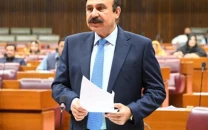

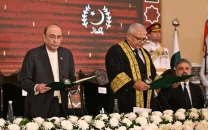



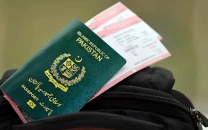
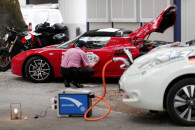







COMMENTS
Comments are moderated and generally will be posted if they are on-topic and not abusive.
For more information, please see our Comments FAQ